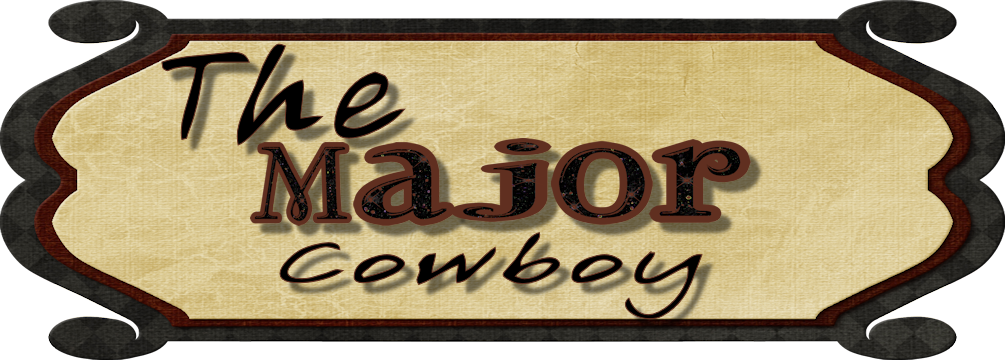There is a different in a Paint and A Pinto, what you may ask? And it is true most non-horse people don’t know what the difference is. To make it easy a Paint horse is a Registered Breed and a Pinto is a color that can be any breed. But for technical definitions:
Pinto: A Pinto horse has a coat color that consists of large patches of white and any other color. The distinction between "pinto" and "solid" can be tenuous, as so-called "solid" horses frequently have areas of white hair. Various cultures throughout history appear to have selectively bred for pinto patterns.
Many breeds of horse carry pinto patterns. Pinto coloring, known simply as "coloured" in nations using British English, is most popular in the United States. While pinto colored horses are not a "breed," several competing color breed registries have formed to encourage the breeding of pinto-colored horses.
Pinto patterns are visually and genetically distinct from the Leopard complex spotting patterns characteristic of horses such as the Appaloosa. Breeders who select for color are often careful not to cross the two patterns, and registries that include spotting color preferences often will refuse registration to horses who exhibit characteristics of the "wrong" pattern.
Paint: The American Paint Horse is a breed of horse that combines both the conformational characteristics of a western stock horse with a pinto spotting pattern of white and dark coat colors. Developed from a base of spotted horses with Quarter Horse and Thoroughbred bloodlines, the American Paint Horse Association (APHA) breed registry is now one of the fastest-growing in North America. The registry allows some non-spotted animals to be registered as "breeding stock Paints," and considers the American Paint Horse to be a horse breed with distinct characteristics, not merely a color breed.
So here come the different patterns with pictures. Some will be Paint's some will be Pinto's, I have had all of them.
Tobiano: The most common spotting pattern, characterized by rounded markings with white legs and white across the back between the withers and the dock of the tail, usually arranged in a roughly vertical pattern and more white than dark, with the head usually dark and with markings like that of a normal horse. i.e. star, snip, strip, or blaze.

Overo: A group of spotting patterns characterized by sharp, irregular markings with a horizontal orientation, usually more dark than white, though the face is usually white, sometimes with blue eyes. The white rarely crosses the back, and the lower legs are normally dark. The APHA recognizes three overo patterns:
Frame: The most familiar overo pattern, the gene for frame has been genetically mapped and in the homozygous form, results in Lethal White Foal Syndrome (LWFS). Visually-identified frames have no health defects connected to their color, and are characterized by ragged, sharp white patches on the sides of the body, leaving a "frame" of non-white color that typically includes the topline.
Sabino: Often confused with roan or rabicano, sabino is a slight spotting pattern characterized by high white on legs, belly spots, white markings on the face extending past the eyes and/or patches of roaning patterns standing alone or on the edges of white markings.
Splashed white: The least common spotting pattern, splashed whites typically have blue eyes and crisp, smooth, blocky white markings that almost always include the head and legs. The tail is often white or white-tipped, and body markings originate under the belly and extend "upwards".
Tovero: spotting pattern that is a mix of tobiano and overo coloration, such as blue eyes on a dark head. Solid: A horse otherwise eligible for registration as a Paint that does not have any white that constitutes a recognized spotting pattern.

I hope I did not bore you to death and that you enjoy the posts!









